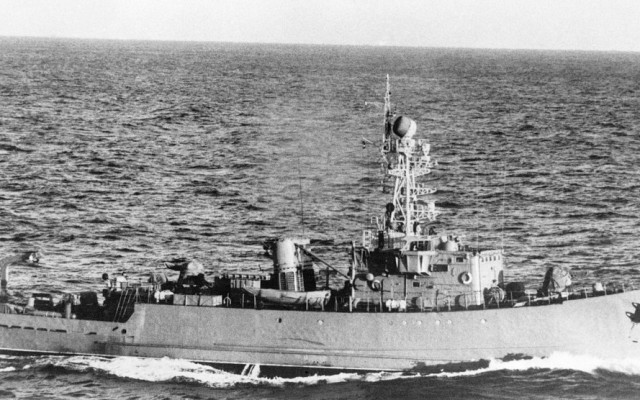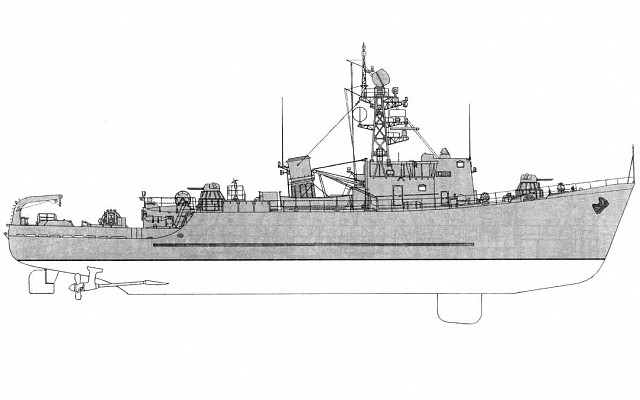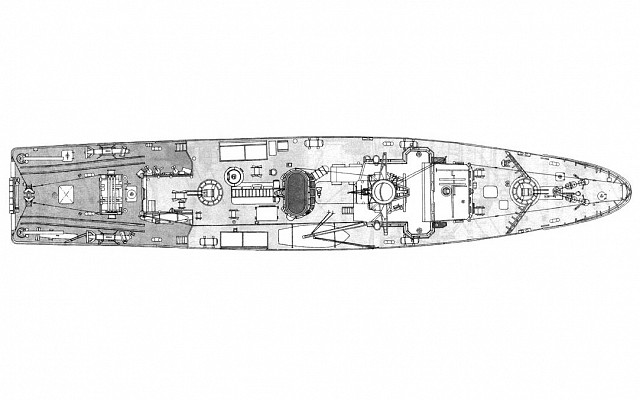Project 266 Akvamarin class
NATO: Yurka class
Overview

Project 266 Akvamarin class
Aerial view of Soviet Project 266 Akvamarin (NATO: Yurka) class ocean going minesweeper seen at sea.
Source: Unknown author -
© Copyright lies with original owner
Soviet Union - Khabarovsk shipyard
Project 266E (export model)
Egypt
Vietnam
Description
Introduction
Project 266 Akvamarin is class of mid Cold War era ocean going minesweepers of Soviet origin. These were designed to replace the Project 254 (NATO: T-43) class of minesweepers introduced just after World War 2. This class is known in NATO as the Yurka class.
Design
These ships feature a swept bowline and small superstructure. The stern is low to facilitate access to the water. This class is made of low-magnetic steel and many onboard devices are low-magnetic as well, such as the AK-230M variant of the regular AK-230. The engines are suspended on rafters that rest on rubber blocks to reduce noise and vibrations. The crew consists of 56 people which can remain at sea for 7 days.
Firepower
The armament on the Project 266 is mainly intended for self-defense. Two twin barrel 30mm AK-230M naval guns are installed. These can be used against aerial and surface targets and even have a limited close-in weapon system capability. Air defense is augmented by MTP-4 quadruple launchers for 9K34 Strela-3 (NATO: SA-14 Gremlin) infrared guided short range surface to air missiles.
Mine warfare
The Project 266 can detect floating and moored mines using its surface search radar and mine-locating sonar. Mines can be detected up to 150 m deep. This class has difficulties detecting bottom mines. Various types of sweeps are carried, including contact, magnetic and acoustic sweeps. Mines are destroyed by sweeps, depth charges or autocannon fire.
Users
The vast majority of the Project 266 entered Soviet services. Four ships were built to Project 266E export standard for an Egyptian contract. Two former Soviet ships were transferred to Vietnam.
Media
Details
Subcomponents

30mm AK-230
Fitted with twin barrel 30mm AK-230M on the bow and rear. Both controlled by a single MR-104 Rys fire control radar.

25mm 2M-3
At least one of the two ships exported to Vietnam uses 25mm 2M-3M manned anti-aircraft guns.

9K34 Strela-3
One or two quadruple MTP-4 launchers for the 9K34 Strela-3 (NATO: SA-14 Gremlin) provide point air defense.









